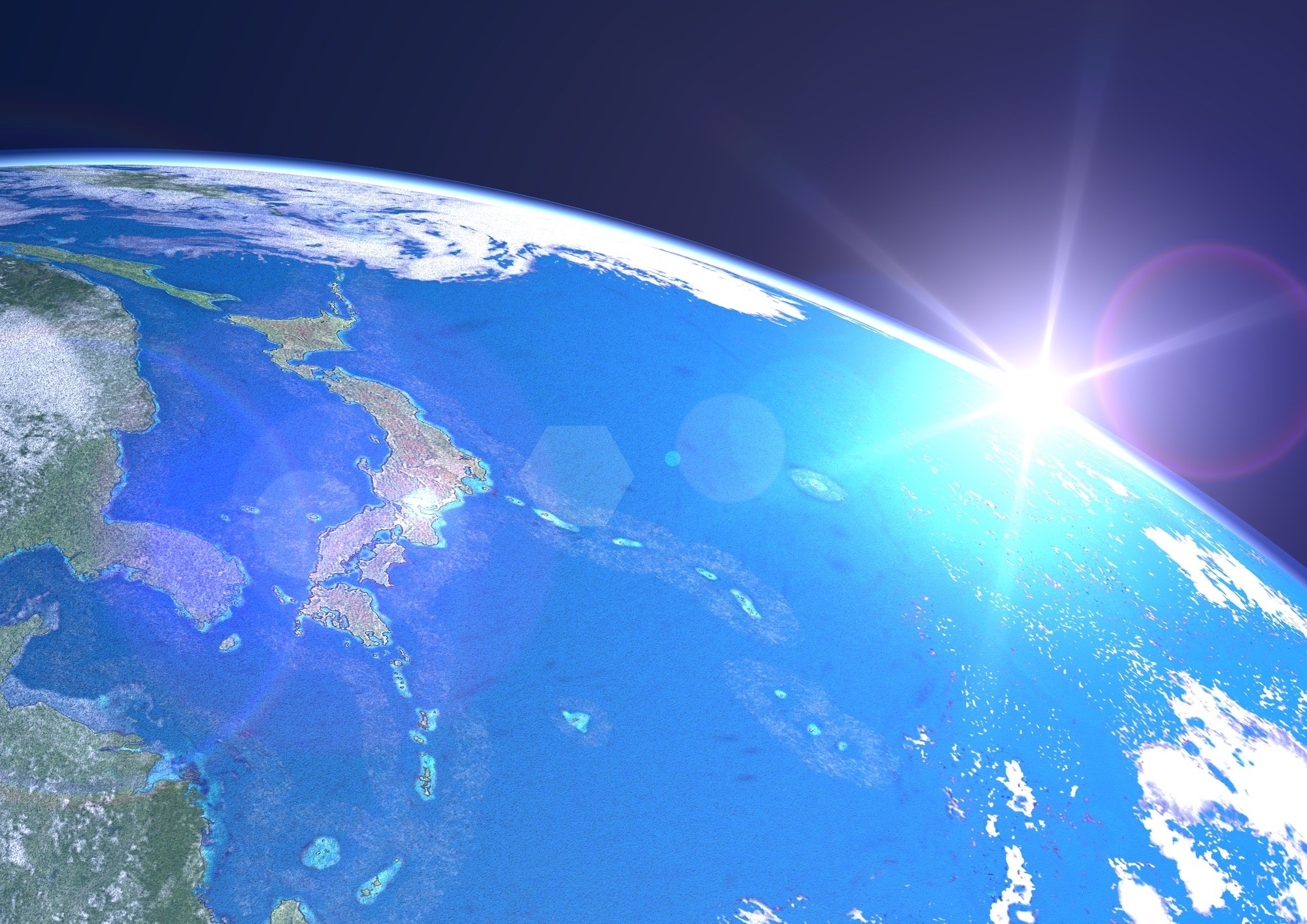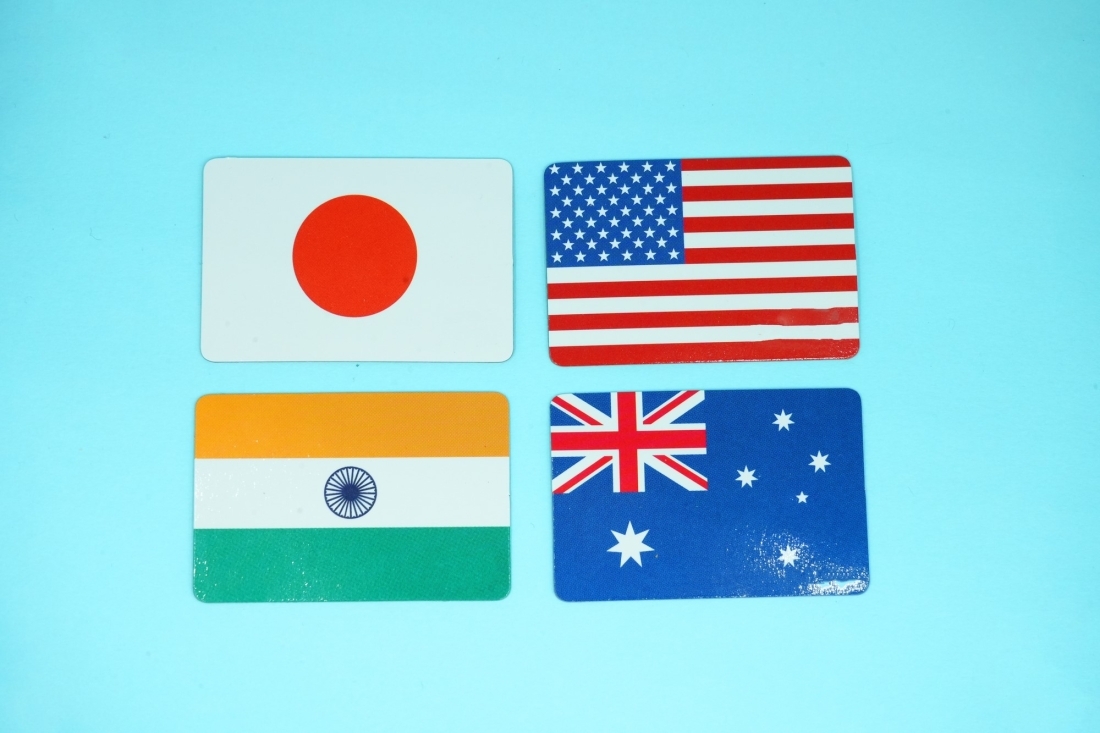POLICY
Japan and Its Partners Provide for the Common Good at Sea
May 26, 2023
In March, officials from the Quad countries—Australia, India, Japan, and the United States—held the latest in a series of dialogues on maritime security. Their collaboration on this front aims to help smaller developing states across the Indo-Pacific improve their abilities to monitor, patrol, and enforce international law within their waters and in the high seas beyond. Maritime security is a shared interest of every state—piracy, illegal fishing, trafficking, and other illicit behavior undermines the rule of law and threatens commerce and national security for all. Helping smaller nations monitor their own waters is therefore a public good, much like the other Quad priorities of infrastructure, healthcare, supply chain resiliency, and space cooperation.
The most prominent Quad initiative on maritime security is the Indo-Pacific Partnership on Maritime Domain Awareness, or IPMDA. Through this effort, the Quad members subsidize the collection and distribution of commercial remote sensing data, particularly radio frequency data which can detect vessels broadcasting marine radio, radar, and other signals even when they are hiding from more traditional vessel tracking tools. This is just the latest step in an ongoing revolution in maritime domain awareness made possible by space-based and unmanned platforms.
The most prominent Quad initiative on maritime security is the Indo-Pacific Partnership on Maritime Domain Awareness, or IPMDA. Through this effort, the Quad members subsidize the collection and distribution of commercial remote sensing data, particularly radio frequency data which can detect vessels broadcasting marine radio, radar, and other signals even when they are hiding from more traditional vessel tracking tools. This is just the latest step in an ongoing revolution in maritime domain awareness made possible by space-based and unmanned platforms.

Over the last 15 years, the cost of launching satellites into low-earth orbit has plummeted. This has made it commercially viable to put all sorts of new sensors into space. Automatic Identification System, or AIS, transponders were first put on a satellite in 2008. Today, it is taken for granted that governments, corporations, and academic researchers can cheaply track most large vessels across the globe via space-based AIS. Similarly, electro-optical imagery—traditional satellite images—were prohibitively expensive and restricted to a handful of governments two decades ago. Today numerous U.S., European, Israeli, and other firms sell relatively cheap images to users around the world. Other companies, like U.S.-based Capella and Japan-based Synspective are bringing low-cost space-based synthetic aperture radar to market. All of this is steadily revealing ever more activity at sea. The world is approaching a point at which it will be impossible for most vessels of more than a few meters in size to remain hidden anywhere on the oceans.
In this world of rapid technological advance, Japan, the United States, and some of its closest partners are at the leading edge. But they also recognize that the technologies do little good if they are not put into the hands of those developing countries, including many small island states, that need it the most. That is why initiatives like IPMDA are such important acts of both national security and diplomatic cooperation. They protect the direct national interests of Japan and the United States by making the oceans safer and more transparent while boosting the diplomatic heft of Tokyo and Washington by helping partners provide for their own security and prosperity.
Remote sensing technologies are just a piece of the maritime security puzzle. Monitoring and tracking dark vessels at sea requires effectively analyzing huge amounts of data. The United States and Japan, along with likeminded partners, can help provide the algorithms and training to do so. That is also part of what IPMDA and other efforts, like the U.S. Navy’s SeaVision, help provide. But even with the best sensors, backed by the best machine learning tools, some vessels will always slip through the remote sensing web, or will be impossible to identify by satellite and shore-based sensors alone. For that, partner nations will need patrol vessels and aircraft. In the near future, much of the surface and air patrol burden will be borne by unmanned systems—sectors in which U.S. and Japanese companies are at the bleeding edge. And Tokyo and Washington will undoubtedly help subsidize the cost of procuring and training of unmanned systems for partners across the Indo-Pacific.
In the meantime, Japan and the United States are already the primary providers of grants and loans for manned patrol vessels and aircraft. In the last decade, Tokyo has transferred coast guard vessels and patrol aircraft on generous terms to partners including the Philippines, Indonesia, and Vietnam. It has also funded construction of coastal radar networks, particularly for the Philippines, to help those vessels know where to patrol. And, alongside the United States, Australia, and other partners, the Japan Coast Guard and Japan Maritime Self Defense Forces train and exercise with counterparts from across the region in a growing number of bilateral and multilateral formats.
Japan and the United States cooperate across many fronts in the Indo-Pacific, but few provide so many comparative advantages as maritime security. The U.S. and Japanese public and private sectors are uniquely suited to help partners address their maritime domain awareness and patrol needs. And by so doing, Washington and Tokyo deliver public goods across the region and secure their own national interests.
In this world of rapid technological advance, Japan, the United States, and some of its closest partners are at the leading edge. But they also recognize that the technologies do little good if they are not put into the hands of those developing countries, including many small island states, that need it the most. That is why initiatives like IPMDA are such important acts of both national security and diplomatic cooperation. They protect the direct national interests of Japan and the United States by making the oceans safer and more transparent while boosting the diplomatic heft of Tokyo and Washington by helping partners provide for their own security and prosperity.
Remote sensing technologies are just a piece of the maritime security puzzle. Monitoring and tracking dark vessels at sea requires effectively analyzing huge amounts of data. The United States and Japan, along with likeminded partners, can help provide the algorithms and training to do so. That is also part of what IPMDA and other efforts, like the U.S. Navy’s SeaVision, help provide. But even with the best sensors, backed by the best machine learning tools, some vessels will always slip through the remote sensing web, or will be impossible to identify by satellite and shore-based sensors alone. For that, partner nations will need patrol vessels and aircraft. In the near future, much of the surface and air patrol burden will be borne by unmanned systems—sectors in which U.S. and Japanese companies are at the bleeding edge. And Tokyo and Washington will undoubtedly help subsidize the cost of procuring and training of unmanned systems for partners across the Indo-Pacific.
In the meantime, Japan and the United States are already the primary providers of grants and loans for manned patrol vessels and aircraft. In the last decade, Tokyo has transferred coast guard vessels and patrol aircraft on generous terms to partners including the Philippines, Indonesia, and Vietnam. It has also funded construction of coastal radar networks, particularly for the Philippines, to help those vessels know where to patrol. And, alongside the United States, Australia, and other partners, the Japan Coast Guard and Japan Maritime Self Defense Forces train and exercise with counterparts from across the region in a growing number of bilateral and multilateral formats.
Japan and the United States cooperate across many fronts in the Indo-Pacific, but few provide so many comparative advantages as maritime security. The U.S. and Japanese public and private sectors are uniquely suited to help partners address their maritime domain awareness and patrol needs. And by so doing, Washington and Tokyo deliver public goods across the region and secure their own national interests.



